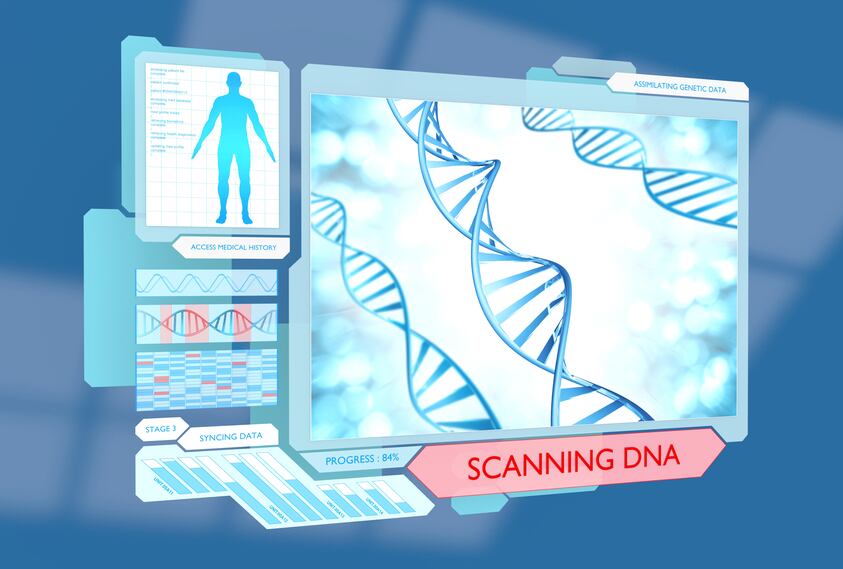No matter where they live, consumers depend on the private sector to not just bring products to market, but to offer innovations that can radically improve our way of life. One of the most promising areas for this kind of industry-led social impact is our food systems. Too often, nutritious food are not affordable—and in many parts of the world, they’re simply not available. This isn’t surprising, given that innovation in the food industry has never focused on affordable nutrition; in part, it’s just been too hard to solve.
That’s about to change.
In search of innovations to accelerate progress, the Bill & Melinda Gates Foundation brought together experts from the food industry, innovation and philanthropy to re-imagine how technology can catalyze an affordable nutrition revolution. For the first time, we identified new products, services, and business models to reach millions more people with nutritious food.
What did we find? When the private sector acts as an innovation and solution space, it can create profitable and nutritious outcomes.
Here’s a look at five high-impact—and unexpected—ways the private sector can do just that.
Artificial Intelligence: Improved Products and Better-Informed Consumers

Artificial intelligence—already a driver of major advances in the medical and automotive industries—will revolutionize food systems next.
As lower-resource settings catch up to highly-networked countries, companies will use big data to make meaningful inferences about low-income consumers and their food consumption. Opportunities will then emerge to design nutritious foods using local ingredients with culturally relevant presentation.
AI will also help consumers choose the most nutritious food within their means. Nudges from AI assistants can help steer people away from empty calories and toward better nutrition. Leveraging big and small data through AI will yield more insights on consumer preferences, making a real business case for food companies to invest in understanding the lower-income consumer.
Traditional Wisdom: Uniting Time-honored Practices with Modern Production
What’s past is future. Today, cutting-edge science can harness ancient approaches to diet and create products that are locally trusted and appealing to current consumers. This may include a return to nutritious grains like millet and sorghum that have been pushed off the plate by less healthy alternatives like wheat, soy, and rice.
Ultimately, this innovation is about computable flavor—digitizing taste like we’ve done with sound and light. New ingredients will taste like old favorites, and big data analysis tools will help us find the next superfoods in terms of both nutrition and taste.
But perhaps most importantly, with food company leadership, consumers across the income spectrum will be able to embrace products that are produced locally, more affordable, and more nutritious.
Microbiota Management: Microbe-friendly Diets for Optimal Health

Microbiota are single-celled microorganisms that stimulate the immune system, defend against pathogenic organisms, and synthesize vitamins and amino acids. And they change every day based on what we eat.
Now, advances in microbiome sequencing and biobanks are proving the impact microbiota have on health. Companies will be able to design foods that are microbiome-friendly—a boon for lower-income consumers who are more vulnerable to infection and disease due to less hygienic environments in combination with inadequate diets.
Already, we have seen how ‘good’ bacteria like Lactobacillus and Bifidobacterium can reduce gut inflammation, improve nutrient absorption, and aid the production of amino acids that are essential for healthy neural development.
Cellular Agriculture: Reinventing Animal-based Products at the Cellular Level
To achieve cost reductions that will enable affordable nutrition, we need to rethink the way we produce foods. One opportunity lies in the transition from industrialised farm production to new technologies like cellular agriculture.
Cell culture has been used to grow everything from vaccines to new organs for transplants. Now, creating agricultural products through cell culture has the potential to minimize resource usage and input costs, enable more efficient local food production and distribution, and tailor food for specific nutrition content and functionality.
Just imagine a future where a food system without industrialized poultry production can leapfrog this stage of development and jump straight to lower-cost, widely-accessible cell culture-grown eggs.
Programmable Assets: Toward Frictionless Transporting and Transacting

As a lower-margin industry, it’s difficult to lower the cost of food without removing profit or reducing quality. But with a supply chain makeover, this can change.
The food logistics system is shackled to old technologies—little innovation has occurred since the shipping container debuted in 1956. Soon, food logistics data could live on a blockchain, collected by wireless sensors—replacing manual inspections that are subject to human error, redundancy, and fraud. Foods and even individual ingredients could be imprinted with geographic and time history stamps.
Money with memory will motivate better food choices—offering incentives to buy diverse and healthy food baskets. And programmable money could disrupt food stamp systems of the past—bringing real-time, transparent audit and vastly lowering transaction costs.
The Future of Food Systems
These innovations must become real investments. They are big bets—but as the consumer base grows, risk will decline. Lower-income people will become empowered consumers wielding significant aggregate purchasing power.
By opening a multi-trillion-dollar food industry to new and unexpected sources of innovation, we can create a new, equitable food landscape that is profitable and inclusive—that meets top and bottom line targets while ensuring better health and nutrition for all.
We just need the private sector to do what it does best: lead.
The Bill & Melinda Gates Foundation recently published a report on delivering affordable nutrition: 'Good Food is Good Business'.




